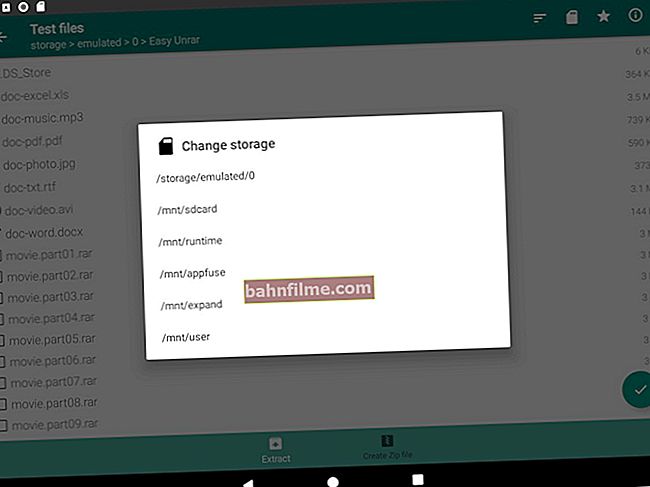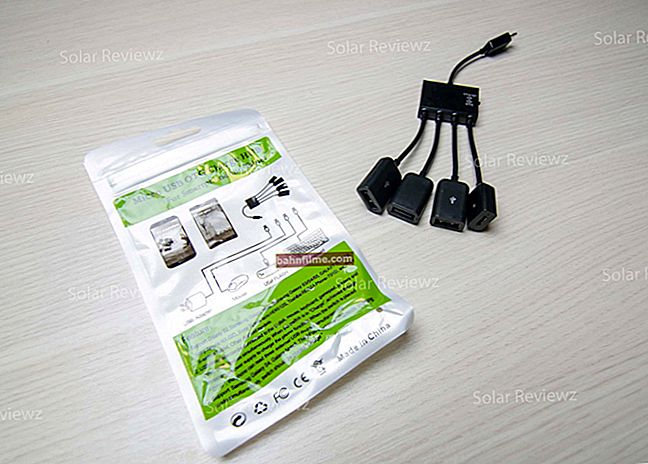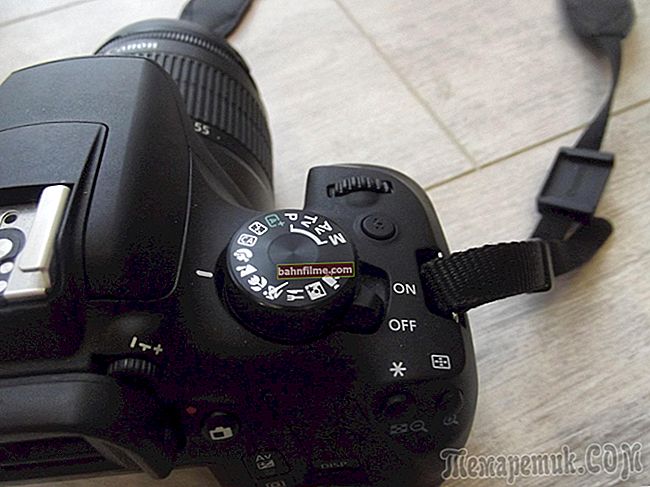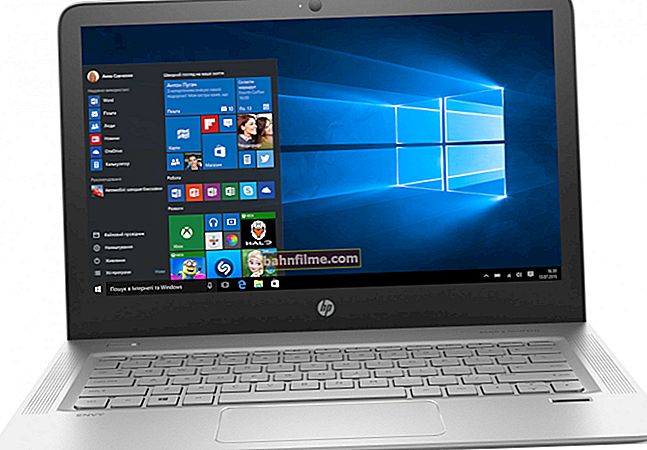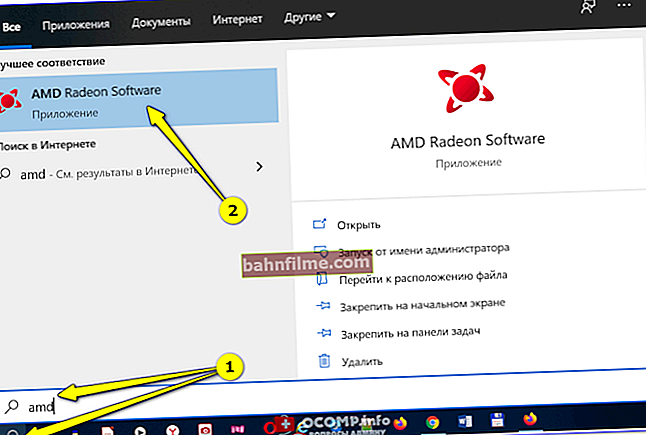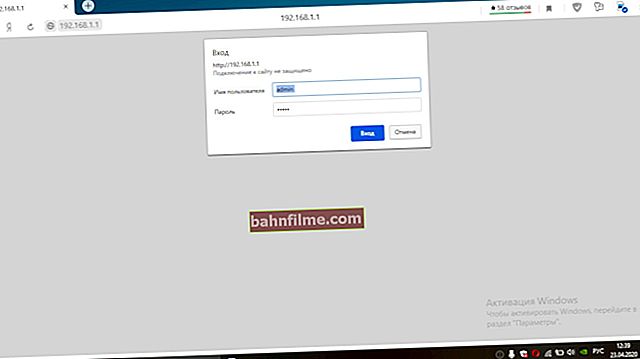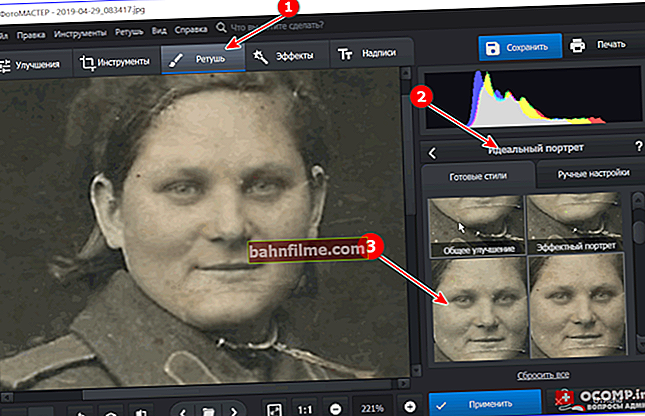 Good time everyone!
Good time everyone!
I think many users know that the refresh rate of most modern monitors is 60 Hz. But there are devices on sale with a frequency of 75, 144, 240 Hz (and what higher this figure - themes smoother and clearer image in games!).
However, not everyone has heard that many monitors can be "overclocked" - ie. force them to work at a refresh rate of not 60 Hz, but 75 Hz. And thus it is quite good to improve the smoothness of the picture in dynamic games (without buying a new monitor).
Actually, in today's post I will show one of the easiest ways to do this. The note is designed for a novice user (the material is relevant for any of the video cards).
So...
👉 Note!
1) everything that you do based on the materials of this article - you do at your own peril and risk. There is a small percentage chance that you will damage your monitor;
2) create a restore point just in case 👉 so that you can roll back the system if the monitor does not work correctly at a higher refresh rate.
*
How to "overclock" your monitor: step by step
STEP 1
1) Worth make one immediatelyclause: The degree of "overclocking" depends on the model and matrix type of your monitor. So, for example, VA and IPS do not lend themselves as well to overclocking as TN (TN + Film). By the way, laptop matrices (according to the statistics), on average, lend themselves to overclocking a little better.
However, almost any monitor can withstand 10-15%. Therefore, to try to "catch up" from 60 Hz to 75 Hz - it certainly makes sense.
*
2) To "open" in the monitor settings the ability to set its refresh rate higher than the one at which it can work by default - a special is needed. Utility 👉 Custom Resolution Utility (CRU).
Note!
It does not need to be installed, it is enough to download the archive with the utility and extract it.
*
STEP 2
There will be several files in the extracted utility (CRU) folder. First you need to run as administrator "CRU.exe" (see screenshot below).

CRU.exe - run as administrator
*
STEP 3
After that, you will see a window with the operating modes of your monitor. For now, you can ignore them - immediately click on the button "Add" .

Add - add a new mode
In the column "Refresh rate" enter a value of 75 Hz and click "OK" twice to save the settings.
Note: we are not yet "forcing" your monitor to switch to a new 75 Hz mode - for now, we are just adding a new mode to the settings so that later it can be selected.

75 Hz
*
STEP 4
Now you need to run the file as administrator "restart64" ... This will add the new monitor mode to the list of available ones.
Note: this operation will restart the video driver, meaning that the image on the screen will "blink" and for a couple of seconds. can change the scaling. Just wait a few seconds and everything will automatically recover.

restart64.exe - run
STEP 5
Next, you need to open the monitor settings: in Windows 10, you need to press the combination of buttons Win + i, go to section "Display" and open "Additional display parameters" (see screenshot below).
Note: a universal way to open display options is to press Win + R, and use the commanddesk.cpl.

Display settings in Windows 10
After that, you need to open the properties of the video adapter (example in the screenshot below 👇).

Display properties
Further in the tab "Monitor" it will be possible to specify a new frequency of 75 Hz.
Important! After specifying 75 Hz - press the button "Apply" and wait 10-15 seconds. (this is needed in order to see how the monitor will behave). If something goes wrong, Windows will automatically switch to the previous operating mode (i.e. 60 Hz), unless, of course, you press anything ...

Screen refresh rate
If with picture everything is fine (no noise, ripples, etc.) - it means that the overclocking was successful and you can test how the monitor will behave in games.
If the screen if there is interference - it means that the monitor does not "withstand" this frequency and it must be reduced (more on this in step 6).

Monitor floated - overclocking too strong
*
STEP 6
This step may come in handy if during "overclocking" it turned out that the monitor does not "hold" 75 Hz and you need to reduce the frequency (or vice versa, everything works from 75 Hz, and you want to "catch up" to 100 and higher ... 👌 ).
First, you need to run the "CRU.exe" file as an administrator (just like we did in step 2). Next, select our added 75 Hz mode and press the button "Edit" (i.e. edit).

Edit - edit mode at 75 Hz
After, in the line "Refresh Rate" change the value from 75 Hz to 70 Hz (for example).

Editing the old value
Then save the settings and follow according to steps 3 ÷ 5 ☝. Thus, by doing these steps several times with different values of the refresh rate, you can find the "optimal" maximum for your monitor, with which everything will work ...
👉 Notethat the difference in dynamic scenes of games between 60 and 75 Hz is noticeable to the naked eye! The picture is clearly set better: the smoothness increases quite significantly.
👉 Help!
Besides the fact that we "overclocked" the monitor to 75 Hz - it is important to note that the frame rate of FPS in the game must also be at least 75! Otherwise, you just won't notice the difference!

You can learn how to increase FPS from one of my previous posts, I recommend it!
PS
By the way, this "forced" operation of the monitor at a higher refresh rate - you can also "crank" using the nVidia settings (for some device models).
*
Add-ons are welcome!
Well, I have everything on my sim for now, good luck!
👋

